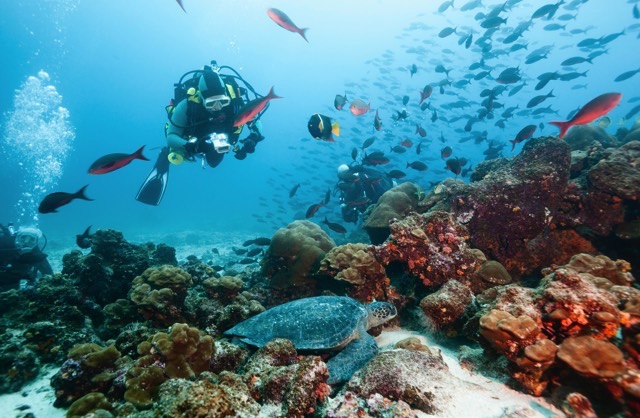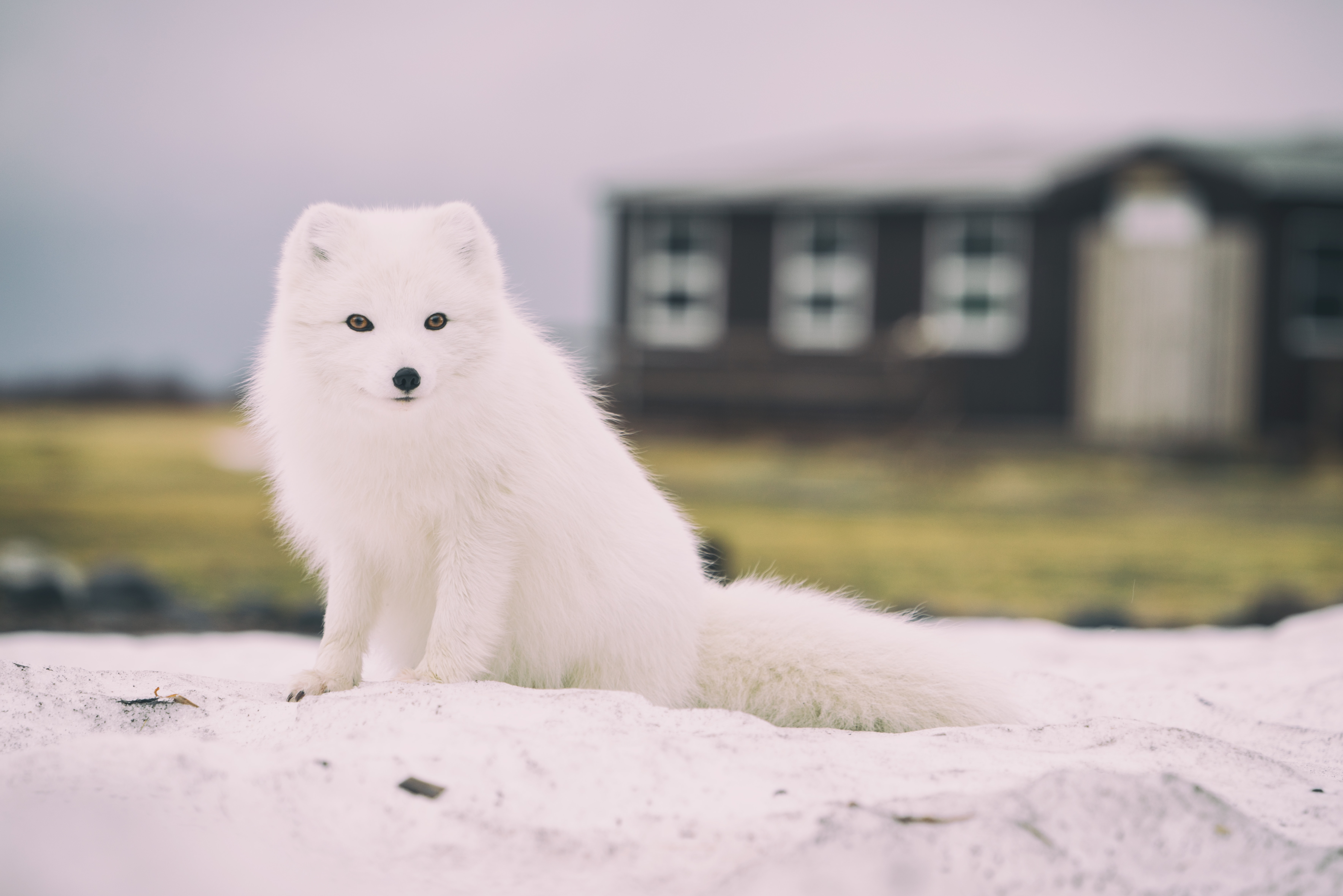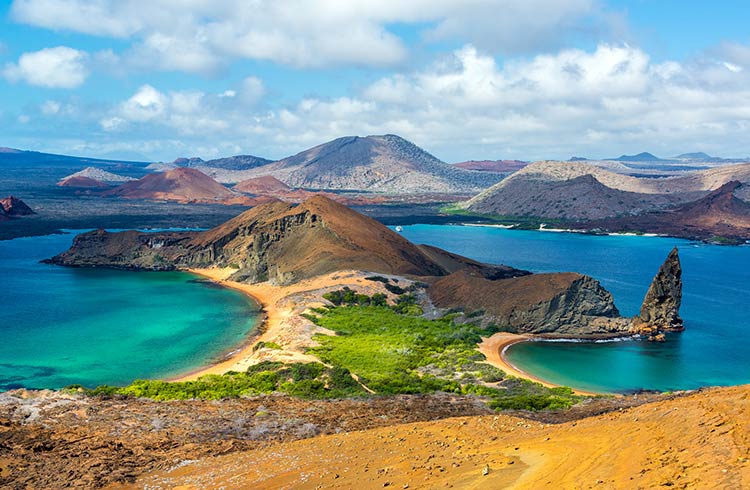Cruel Wildlife Experiences to Avoid on Your Next Holiday
Find out how to spot a travel experience that exploits animals and their natural habitat, and choose an alternative that allows you to encounter wildlife where it belongs – in the wild.
 Photo © Getty Images/Elizabeth Wachsberg
Photo © Getty Images/Elizabeth Wachsberg
Encountering wildlife in its natural habitat can be a thrilling and life-changing experience, and is one of the ways travel helps us connect with the world around us. But wildlife experiences that involve cruelty, unnecessary captivity or inappropriate interaction with humans should be a cause for concern, avoided and reported. Here’s why.
Why captive and interactive animal experiences are wrong
Seeing a leopard on safari, scuba diving with reef sharks, or spotting a bear in the distance in a national park are all positive wildlife experiences where the animals are observed and left alone. However, keeping animals captive for a tourist-based wildlife experience is cruelty. It causes animals to lose their wild instincts, to rely on humans for their survival and makes them vulnerable to hunters.
Wildlife should not be touched or handled for the same reason, and, under no circumstances, should you feed any animals you encounter.
“It is likely to disturb their natural diet and health,” explains Hamish Keith from EXO Travel, “and distorts their natural social behavior. Animals may die because of your touch, however
If an animal comes to you of its own
Other exceptions might include animal sanctuaries taking care of orphaned animals or those stolen from their parents, who can no longer survive in the wild and rely on humans for their survival. Examples include Jane Goodall’s Chimp Eden and Lemur Island in Madagascar.
Animal experiences to avoid
Avoid any wildlife encounter that exploits an animal, or where there are signs of neglect or abuse. Removing animals, that belong in the wild from their natural habitat, to be used for performance and entertainment, including fighting, is unacceptable.
Avoid situations where an animal is being harassed, either by its handlers or visitors, where animals are kept in cages or enclosures that are too small for them or where performance or interaction is encouraged.
“The gold standard is an unforced encounter with wildlife in its natural environment,” advises Rough Guides editor Rebecca Hallet. “Avoid any operator who promises an interaction with the animal.”
Experiences, where you are able to come too close to wildlife, are a common problem, explains Wendy Redal from Natural Habitat Adventures. “I have observed Hawaiian endangered monk seals on a beach in Kauai, and was distressed to see a number of visitors stepping inside the boundary rope in order to get a better look.”
“But when wildlife tourism is done right,” she continues, “it holds the power to protect nature and crucial habitats, pays communities to protect rather than exploit natural resources, and helps support them economically and preserve their cultural heritage in the process.”
Often, local communities rely on experiences, like elephant rides, to earn money from travelers, explains Hallett, “simply boycotting the practice may perpetuate poverty, and cause the animals to be sold for use as beasts of burden, or killed. Instead, try to look for alternatives in the area, thereby showing locals that they can earn a stable income by offering ethical animal experiences.”
Heavy numbers of tourists can also leave communities struggling to manage the negative impacts of too many visitors in fragile ecosystems including litter, trail erosion, and noise.
Extraordinary wildlife destinations, like the Galapagos Islands, where many species approach humans because they are so unused to them, have introduced strict rules limiting visitor numbers and opportunities to interact with wildlife.

How to spot a bad experience and what questions to ask
A bad wildlife experience may not always be easy to spot. Much of the cruelty is hidden from view and takes place once visitors have left. As with any aspect of responsible travel, do your research.
“It is our responsibility to make sure that animal-related tourism is done ethically,” says Joyce Wang from the Wildlife Conservation Network. “Don’t rely on the venue to tell you.”
Ask the tour operator about their commitment to animal welfare. Do they have a set of principles or guidelines, and how are they implemented in the travelers’ experience? Are they keeping within legal guidelines regarding the way animals in the wild should be treated; for example, safe distances between whale-watching boats and whales, and letting the whales follow the boats rather than the other way around?
Fran Kearney from World Animal Protection, says “As a rule, if you can ride, hug or have a selfie with a wild animal, you can be sure it is cruel.”
Intrepid Travel’s Responsible Travel Business Manager, Liz Manning advises using the Five Freedoms checklist. Does the animal have:
1. Freedom from hunger and thirst
2. Freedom from discomfort
3. Freedom from pain, injury or disease
4. Freedom to express normal behavior
5. Freedom from fear and distress.
Most importantly, complain when you see animal cruelty and report it to the local authorities or a local animal welfare organization.
What positive wildlife experiences can I have?
There are many ways to have a positive wildlife experience that is enjoyable for you and the animals. Seeing animals in their natural habitat is best; in a genuine wildlife reserve, sanctuary or national park. An exception might be China's famous panda research bases, as you are highly unlikely ever to see these rare and elusive creatures in the wild.
There are many places in the world where wildlife tourism has been vital in bolstering local economies, and in so doing, helped threatened species thrive. Examples include “India’s tiger territories,” explains Redal, “and Brazil's Pantanal, where jaguar-focused tourism is aiding sustainable forestry.”
Observing wildlife undisturbed by humans has to be one of the most amazing experiences, as the animals will behave in natural, non-threatening ways.
“A captive wild animal can never truly experience a life free from suffering and cruelty,” says Fran Kearney, of World Animal Protection, “no matter how well they are looked after in captivity. Only in their wild environment can all the animals’ needs be fully met. The best place to see wild animals on your holiday is in the wild – where they belong.”
Related articles
Simple and flexible travel insurance
You can buy at home or while traveling, and claim online from anywhere in the world. With 150+ adventure activities covered and 24/7 emergency assistance.
Get a quote

3 Comments
Thank you for writing this article. Having spent a lot of time observing animals in nature, I agree absolutely. One thing I wish you had included is all of the countries that allow zip-lining in the forests/jungle. It is incredibly disruptive to the local wildlife. I love thrill rides, but I do it in an amusement park. Let’s leave the few remaining animal preserves in peace.
Could not agree more with comments about zip-lining. Let's have responsible ecotourism and not always think of ourselves.
Not sure any sanctuaries are good places to visit. Sanctuary it’s in the name.
You need to push the animal exploitation issue forward.
Not just the abuse of elephants as they are sat on, but feeding fish to the eagles to make them reliant on tourism.
I have been on islands in SEA since easing of shutdown here.
I still see illegal fishing. I still see big fishing boats stopped off the edge of an island as they separate the plastic, eaten, half eaten and carcass of their catch and chuck it back in the ocean. Making a new wave of plastics and bilge water.
We need to stop this this. Yes black lives matter. Animal lives need our help more since they have no voice unlike the privileged, driving, mobile phone accessorized poor of the US